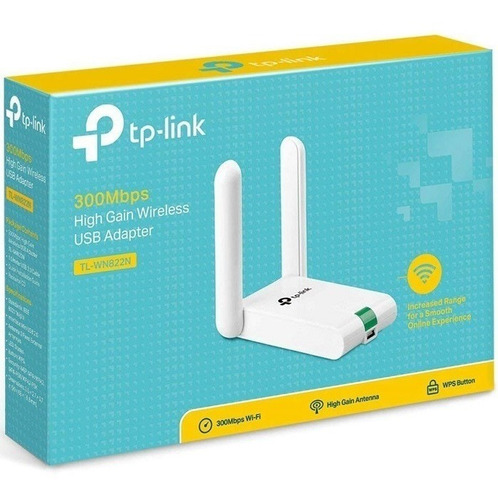


Then type ifconfig in terminal to find the IP of your Pi. Go to Interface Options –> P2 SSH, Enable SSH

Unzip the downloaded folder and run the Install.pkg. Once the Pi is rebooted, you should see the available Wi-Fi networks in top right corner. Option 1: Directly Option 2: Via the USB Extension Cable Install Driver and Utility Download the driver and utility from this product’s Support page at Note: If your computer has a CD drive, you can also run the included CD to install the driver and utility. Open terminal and type following commands to extract and install. I’ve copied the file to the home directory. Once you found the Linux version, download the correct driver to the PC (I’m using Windows) from Fars Robotics Wi-Fi Drivers.ĭriver name is defined with the Linux version so it’s important to get the correct driver for the Linux buildĭriver name: ĭownload the driver and transfer to Pi using usb stick Install the Driver Version installed in my Pi is 5.10.17-v7 #1403 Get the Driver Version Hope it will help you somehow 😎 Finding the Correct TP-Link Driver Version for your Pi Therefore in this post, I’ve listed all the steps needed to setup the driver, how to enable SSH and connect remotely for my own reference. I’m a Linux dummy so every time I had to google search the forum threads to do this. Raspberry Pi OS (Raspbian) does not have a default driver for TP-Link nano, so every time I reset my Pi, it’s a little hassle to setup the Wi-Fi. Raspberry Pi 2B doesn’t have a inbuilt WLAN interface so I’m using TP-Link Nano WLAN usb adapter to connect to internet.


 0 kommentar(er)
0 kommentar(er)
